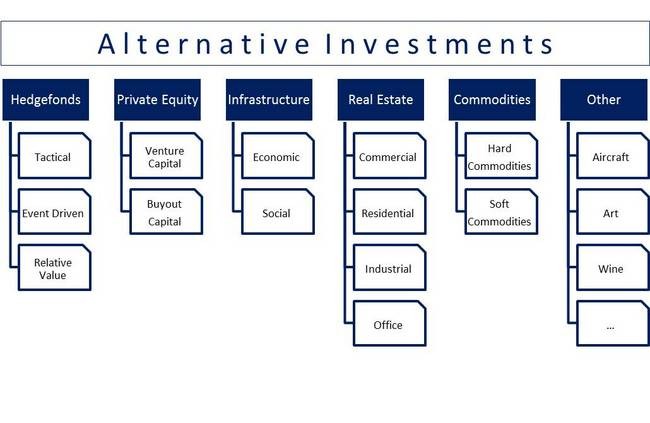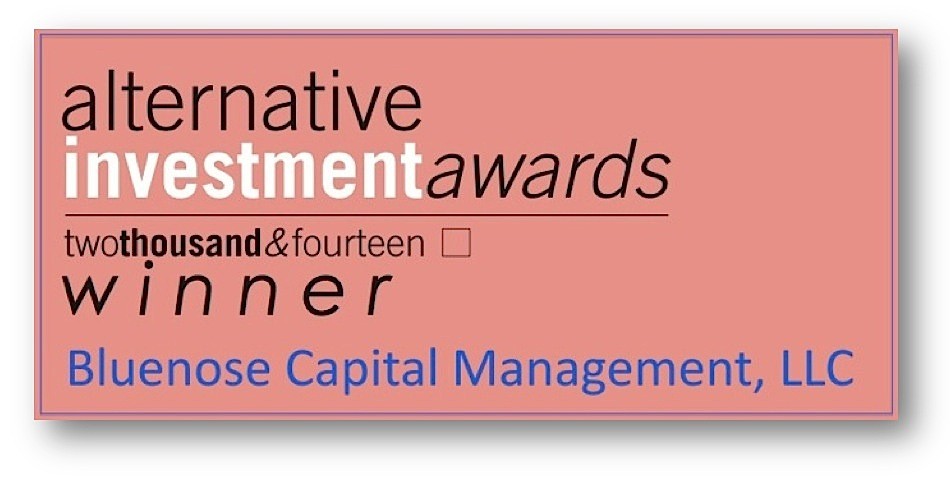Advisors are using alternative investing strategies for average investors
Post on: 19 Май, 2015 No Comment

Peter Gridley | Photographer's Choice | Getty Images
Alternative investments, which are no longer just aimed at the superwealthy, can bring significant benefits to an investor’s portfolio by diversifying risk exposure away from traditional fixed income and equity assets, some financial experts say.
In fact, many financial advisors are introducing average retail investors to a wide range of alternative asset strategies.
I recently caught up with Ed Butowsky, managing partner at Chapwood Investments, to get his take on using alternative strategies in a client’s portfolio. Butowsky, who has been in the financial services industry for more than 25 years, was featured in the film Broke, an ESPN 30 for 30 documentary chronicling professional athletes and their monetary experiences.
Q: The stock market seems to be rallying these days, why does it make sense to invest in alternatives?
Butowsky: A bell does not go off to alert us when to invest in the stock market and when to get out of the stock market. A properly managed portfolio should always have some investments that are non-correlated, meaning they can go up or down, regardless of the stock market direction.
About 15 percent to 20 percent of an investor’s portfolio should be invested in assets that are non-correlated regardless if the stock market is rallying. Historically, alternatives over five- and 10-year rolling periods have made the returns on your portfolio smoother and the risk level lower.
Q: What are the various risks investors take when investing in alternatives?
Butowsky: Any investment as a stand-alone has risks. The genius and challenge in managing money is finding the correct mix of investments that can help generate consistent returns while reducing the volatility in a portfolio. It is impossible to make a general statement about alternatives and their risks. However, I believe any investment portfolio is at greater risk if you don’t have alternatives in it.
Q: Do the risks outweigh the rewards? If so, why?
Butowsky: The fewer types of investments someone has in their portfolio the riskier the portfolio stands. Optimally, you would like a portfolio that has low correlated assets to each other. The true risk to any portfolio, outside of fraud, is having all of your investments going up and down together. Therefore, the real risk is not having alternatives in your portfolio.
Q: Please explain what a liquid alternative is and how it works for an investor?
Butowsky: Alternative investments, like private equity, distressed debt and real estate strategies are inherently illiquid because of the long lockups. A new subsection was born in the alternative space called liquid alternatives. There has been an enormous move in the alternative space for investments that have short lockup periods. Most liquid alternatives are very similar to their traditional alternative investment cousins, with one exception: They have in many cases, daily to weekly liquidity.

The industry has a tug-of-war with this subsection in that many of the high-profile, well known and established funds shy away from using liquid alternative structures because they want the money they’re managing to be at a predictable asset level
Having longer lockups allows them to put on more sophisticated positions and hopefully get better returns for their clients. At this point, most liquid alternatives are managed by lessor known managers and some investors are shying away due to short historical return.
Q: How do you implement an alternative strategy into a client’s portfolio?
Butowsky. Alternatives are a crucial asset category for all of my client’s portfolios. If we are true to our desire as portfolio managers to potentially reduce risk and increase returns in portfolios, we must have at least 20 percent of a client’s portfolio in alternatives at all times. Studying five- and 10-year rolling historical time periods (having the correct alternatives in a portfolio), the numbers have proven to be supported.
I have seen far too often short-term focus on asset class selection and I believe this is damaging to an investor’s returns. The key to investing in alternatives is to understand that within the alternative space, there are many different styles and strategies to choose from. All investors need to become knowledgeable about the benefit of including alternatives into a traditional portfolio and not simply grouping all of them together as one asset class.
Remember, not all vegetables are the same and not all alternatives are the same. I love broccoli but I can’t stand broccolini.
—By Jim Pavia, CNBC.com. Follow Jim on Twitter @jimpavia .














